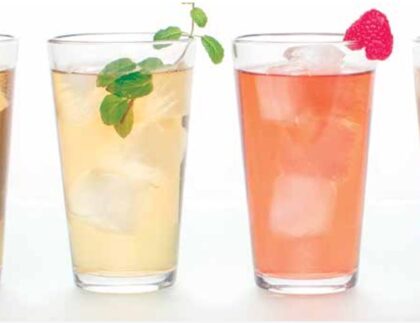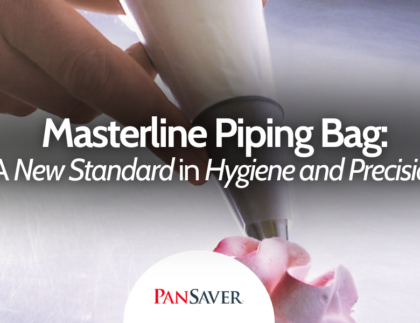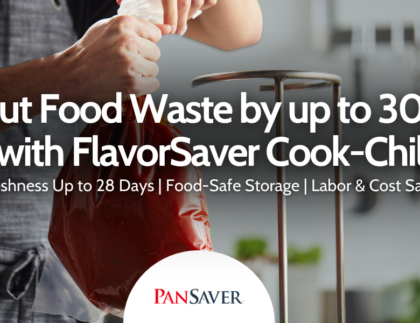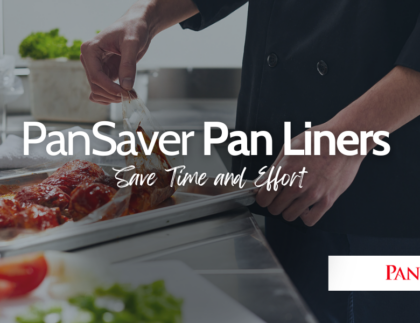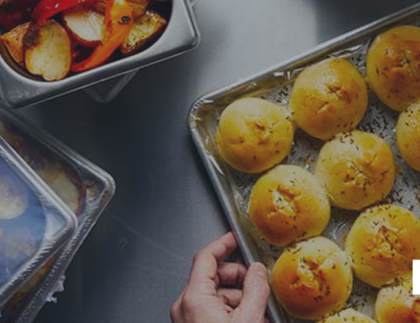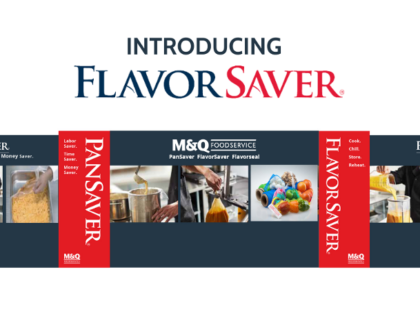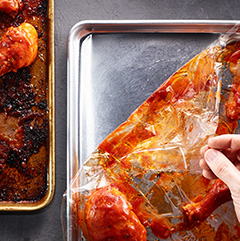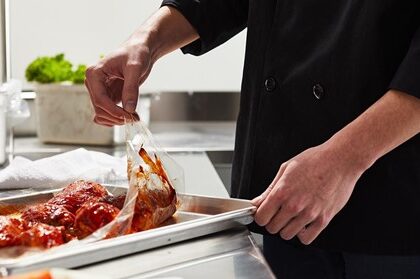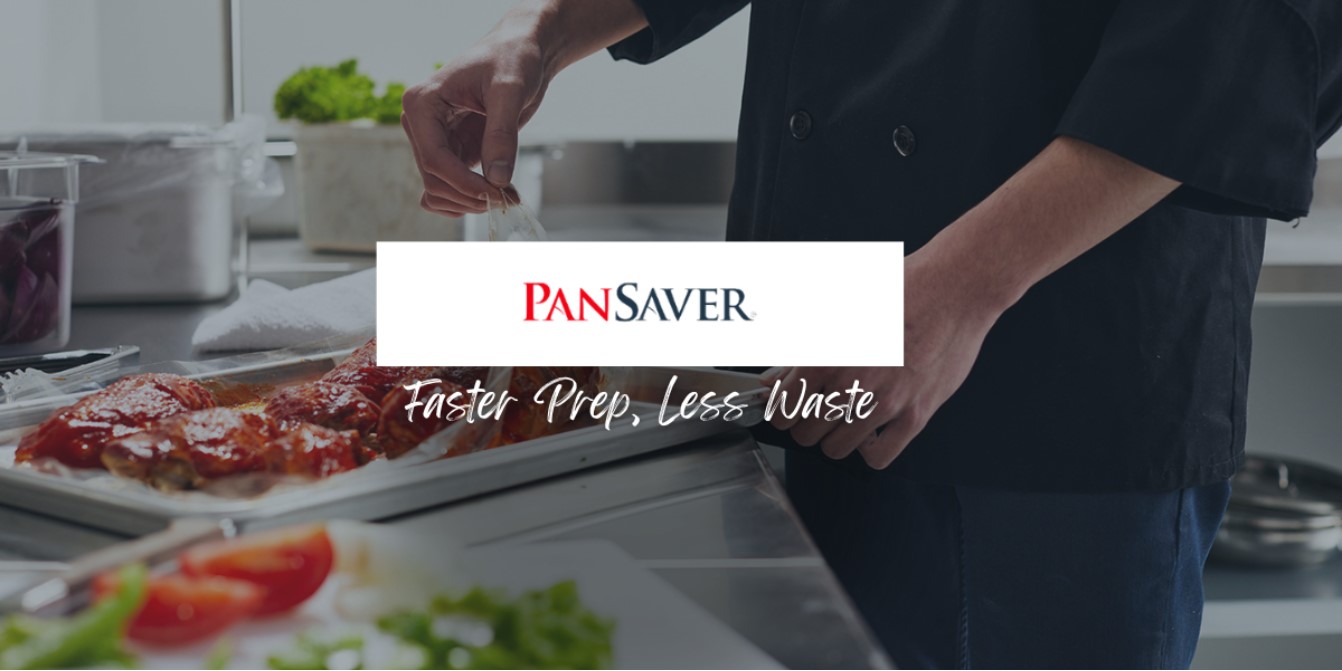
Keeping your kitchen running smoothly isn’t easy, especially with tight budgets, limited staff, and hundreds of meals to serve every day. Cleanup takes too long, food quality isn’t always consistent, and waste adds up fast.
The good news? You don’t need a full overhaul to see real improvements. With a few smart tools, you can save time, reduce food waste, and take pressure off your team.
Let’s break down where you’re losing time and money—and exactly how to take it back.
Why Efficiency Matters More Than Ever in Commercial Kitchens
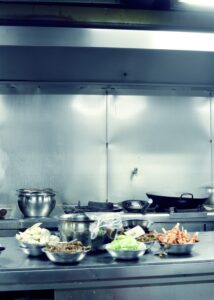
The food service industry is under immense pressure. According to the National Restaurant Association, labor costs account for roughly 30% of a restaurant’s expenses. Add food waste to the mix and suddenly, you’re watching hard-earned profits disappear with every tray.
That’s why now is the time to rethink your kitchen systems. Whether you’re running a hospital cafeteria, a chain restaurant, or a school lunch program, optimizing workflow helps you:
- Keep operations running smoothly even when short-staffed
- Reduce kitchen labor costs through automation and simplification
- Cut food waste in restaurants by protecting food quality and consistency
Let’s look at three high-impact, low-disruption changes you can make today.
Where You’re Losing Time and Money—and What to Do About It
1. Disposable Pan Liners = Faster Cleanup, Less Labor
Scrubbing pans may be a rite of passage in kitchens, but it’s also a major time drain. With disposable pan liners, your staff can spend more time prepping and plating—and less time soaking and scrubbing.
Benefits of disposable pan liners include:
- Immediate reduction in cleanup time
- Lower water and cleaning supply usage
- Reduced risk of cross-contamination
If you’re serving hundreds (or thousands) of meals a day, these time savings add up fast. Imagine hundreds of labor hours reclaimed each month, without hiring a single new staff member.
Explore how PanSaver Pan Liners streamline cleanup
2. Retain Moisture, Reduce Food Waste
One of the most frustrating ways to lose money is by tossing out food that didn’t hold up. Dried-out proteins, rubbery pasta, or wilted veggies are often the result of poor food moisture retention.
Using high-performance liners helps maintain temperature and quality from prep to plate.
This translates to:
- Fewer discarded portions
- Better flavor and texture
- Higher guest satisfaction
Not to mention, food that retains moisture is safer, staying out of the temperature “danger zone” for longer.
How a Cook-Chill System Cuts Food Waste by Up to 30%
What Smart Kitchens Are Doing Differently
Trends across food service operations point toward one unifying theme: efficiency through simplification. Kitchens are:
- Investing in time-saving disposables and automation
- Using data to reduce prep waste
- Swapping manual steps with intuitive tools like liners and portioning systems
These aren’t just trends—they’re survival strategies. In a labor-tight, cost-sensitive environment, every edge matters.
Tools to Help You Work Smarter, Not Harder
Ready to take the pressure off your team without sacrificing quality? Here are a few tools worth exploring:
- Disposable pan liners for faster turnover
- Cook-chill packaging for consistent flavor and safer storage
At PanSaver, we specialize in helping commercial kitchens like yours save time, cut waste, and serve with confidence, without hiring extra staff or overhauling your kitchen.
Frequently Asked Questions
Do disposable pan liners affect cooking quality?
No. High-quality liners are heat-safe and designed to preserve texture and moisture while eliminating scrubbing.
How do cook-chill systems improve food safety?
By storing food in smaller portions, the food reaches “safe” temperatures more quickly.
If you’re ready to stop losing time and money to outdated kitchen practices, start with small, smart changes that make a big impact.
PanSaver is here to help you increase commercial kitchen efficiency—so you can focus on what matters most: serving great food with less stress.
